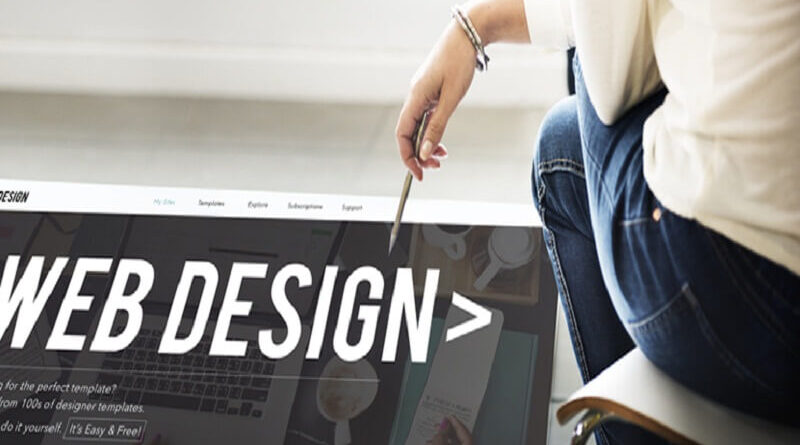Why you should not request a speculative design for your business
9 reasons and arguments that will make you desist from requesting a speculative job for your business. Know its disadvantages and risks and the negative impact on the final quality of the project.
There is a very common trend in the business world where a competition for creative or design work is thought to be a good idea .
Instead of relying on a professional design person with the aim of devising a solution to business goals, the choice is made to solicit the creative talents of various designers . This model is also very recurrent in public administration.
These companies ask the creatives to dedicate their time to carry out whole or part of them, without receiving anything in return , only the hope of obtaining the contract for the project in the future.
But does a company or client win with speculative work? Contrary to what it may seem, no one wins, there are disadvantages on both sides, for the designer and the client.
In a previous post I explained why speculative design is not a good idea for a designer . I pointed out 12 reasons to stay away from speculative design and explained why it has a negative impact on the work, on the relationship between designer and client and on the final quality of the project.
In this post I want to delve into the disadvantages and risks of speculative design and make it clear why it is not a good idea for your business.
SOME (APPARENT) BENEFITS FOR THE CUSTOMER
Table of Contents
It is apparently a good idea when the client:
- You do not want to take any risks , or so you think, by hiring the services of a company.
- Think if you can’t decide if you like a design before you pay for it , how will you know you’re going to get a good one?
- Give designers an opportunity to test their experience and good work and benefit from it.
Even understanding these initial reasons, it happens that companies benefit from the hard work of designers without having to pay for their ideas, time and effort. It is a form of exploitation and not infrequently they use this work acquired for free as they see fit, without fear of legal repercussions.
RISKS AND DISADVANTAGES OF SPECULATIVE DESIGN
Speculative design is also negative for the customer . We see it:
1. Lends itself to plagiarism and theft of ideas
- Just because you get tons of free designs doesn’t mean they’re good . What’s more, they could be outright plagiarism.
- Speculative work lends itself to the theft of ideas and copyrights, which ends up having a negative impact on the quality of the design.
2. The subjective criterion “I like it, I don’t like it” is applied
- This criterion, based only on aesthetic issues , affects the quality of the final work.
- “Winning” projects are usually obtained after cursory evaluations that are not based on the client’s specific needs or strategies . And as such, they often do not produce the most effective result for the customer, who selects on the basis of “the prettiest design.”
- In this way, the client’s commitment to the success of their own project does not appear to be based on a solid foundation.
- The most effective design solutions are the result of a previous analysis , a specification briefing and the result of a relationship and meetings with the client. With speculative work the quality of the project obtained is negatively affected.
3. You will get speculative designs made “blindly”
- A contest does not offer designers the time or compensation necessary to carry out accurate research . Behind every effective design there is a previous study and analysis. Usually speculative work in the absence of these is work done “blindly.”
- As work done in this way often means that there is no provision or opportunity for a meeting with the client, the skills of the designer are not used to act as a true professional in the service of your business strategy . This can end up further undermining the work done.
4. You will put the quality of the final product at risk
- Design creates value for your project and business. The strategic approach that designers take into account to address the identified needs of the client is of great importance. Speculative contests based on a superficial statement of the problem will not result in the most effective design solution.
- Little time, energy, and thought can go into speculative work, which excludes the most important element of most design projects: research, careful consideration of alternatives, and careful prototyping.
- Do not be fooled, any “speculative” proposal without a guarantee of remuneration will be based on the least possible work by the designer and the quality will surely be much less than a contract work with clear specifications.
- A professional creative designer will create custom solutions rather than solutions probably based on templates or low cost designs.
5. Loss of control
- You must understand that the speculative or contest model is also a lottery for you . Without meeting with the contest participants, knowing their previous work or their personality, you are in the middle of a very risky bet.
- By running a contest, the prospect gives up the choice of designer based on talent, skill, personality, and all the other factors that make it possible to do business with someone. This model is no stronger than playing the lottery in hopes of making a profit.
6. Not the most effective selection mode
- A more effective and ethical approach would mean asking designers for a portfolio with examples of work , in this way that you can evaluate the quality, style, approach and previous experience, without them having to give away their time and effort.
- Thus you offer designers a greater opportunity to test their experience and good work.
7. Does not establish a good working relationship between designer and client
- Working with a designer is not just a business relationship to obtain a final product. There are many more factors at play. Without the opportunity to meet face-to-face or speak on the phone with the client and gain a deeper insight into the project, designers work focused on “guessing” the client’s aesthetic tastes and pleasing them only in this regard .
- The best design tends to emerge from a healthy relationship with a designer , who understands your needs and desires and the best ideas are built with you from this foundation.
- The final work is as important as building a “strategic relationship” , in which both parties understand each other and benefit from this good relationship. This type of relationship is almost never possible in a contest.
8. Speculative work attracts inexperienced designers who are under pressure
- Hopefully, good, experienced designers usually don’t have the time to spend on speculative design competitions and designs, and so they tend to fall back on more inexperienced designers .
- There is a huge risk of receiving misinterpreted and executed designs that misrepresent your business. You could end up paying a high price in the long run in terms of losses for your business.
- An experienced, hired and suitably paid professional will work to develop effective bespoke design solutions that reflect their years of training and experience.
9. Cost overrun in companies that choose to apply for speculative jobs
- It happens that the existence of speculative work implies generalized price increases by suppliers , which can directly affect their customers. Any company that works in this way will charge the prices as compensation.
- In other words, if this customer doesn’t pay, the next ones will have to.
Actually with speculative work what you are saying as a client is the following:
“My project is not important enough to hire a professional who will take the time to understand my situation and goals and invest the time necessary to create a suitable solution.”
EDUCATE AND INFORM CUSTOMERS
Trying to educate potential clients on the best way to commission the design of any business, is the mission of associations and initiatives such as:
- NO! SPEC
- AIGA proposes a sample letter as a resource to use with clients to explain why speculative proposals compromise the profession and the resulting work
- This letter of non-adherence to speculative work may also be useful to you .



